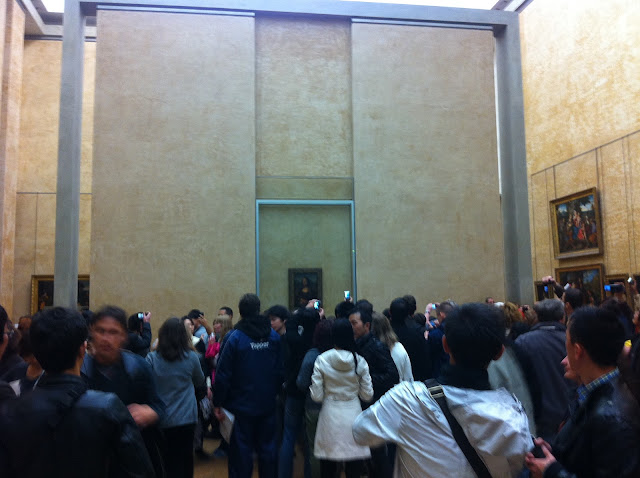Friday, March 18, 2011 -  1970 Convention,louvre,Mona Lisa,UNESCO
1970 Convention,louvre,Mona Lisa,UNESCO
 No comments
No comments
 1970 Convention,louvre,Mona Lisa,UNESCO
1970 Convention,louvre,Mona Lisa,UNESCO
 No comments
No comments
Paris Diary: Mexico's Plea for UNESCO to Provide International Leadership on the 1970 Convention for Countries to Work Together to Stop the Trafficking of Illicit Cultural Objects and the Destruction of Archaeological Sites... and Revisiting Paris' Most Celebrated Stolen Art, the Mona Lisa
 |
| While not everyone ignores Veronese's The Wedding at Cana, many people are just waiting to see The Mona Lisa |
 |
| The crowd in front of Leonardo da Vinci's Mona Lisa is continuous and slow as so many people want to be photographed with this centuries old celebrity. |
 |
| Three paintings by Titien are on the other side of the wall of 'La Joconde' |


0 comments:
Post a Comment